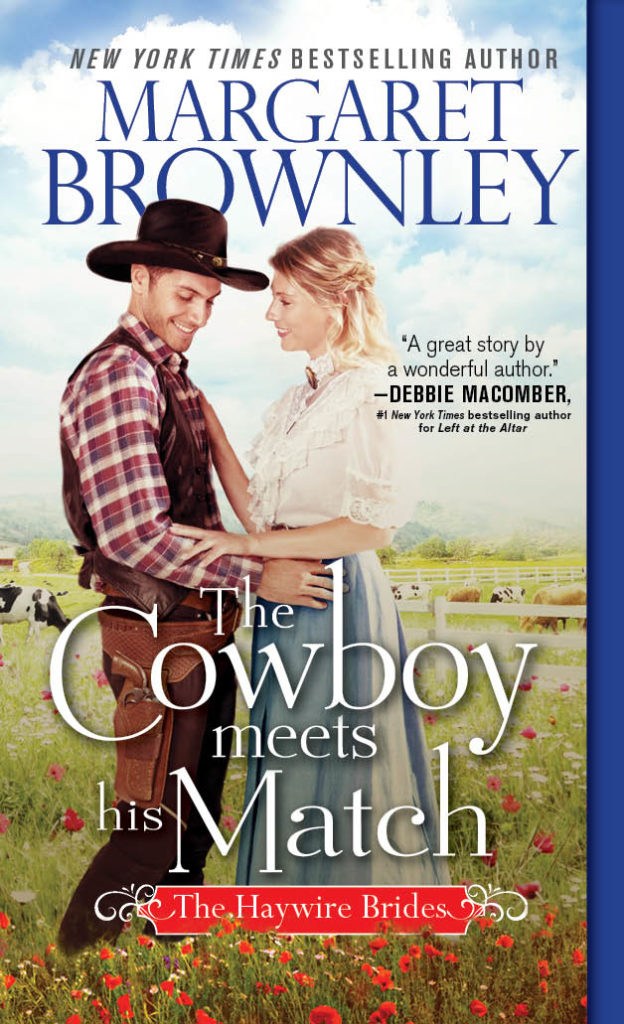My recent release, How the West Was Wed, follows the story of two rival newspaper editors. JOSIE LOCKWOOD is the successful editor of the town’s only newspaper until the very charming, very handsome BRANDON WADE moves to town to start his own newspaper. At first, Josie welcomes the competition but soon learns that readers prefer Wade’s bold hyperbole to her more serious type of journalism.
I especially enjoyed writing about a Victorian newspaperwoman. Women editors date back to colonial times, and some edited publications in the East during the first half of the nineteenth century. Still, in those early days, the newspaper business was primarily a male occupation.
This changed somewhat during the westward movement. The late eighteen-hundreds saw some three hundred females editing 250 publications in eleven western states. California led the way with 129 known female editors. No doubt there were more, but some female publishers sought credibility by listing a husband’s name on a masthead.
Newspaperwomen covered everything from national and local news to household hints. Newsprint at the time also carried what today might be called fake news. Along with their morning cup of Arbuckle’s, Victorian readers were regaled with stories of mysterious creatures, flying objects, ghosts, extraterrestrials, and other strange phenomena.
It’s not hard to see why the news business would attract female interest. Having control over editorial content afforded women the opportunity to lead a crusade, promote religious and educational activities, and bring a community together. Women still didn’t have the vote, of course, but some female publishers had strong political views which they were all too glad to share with readers.
Editorial disputes like the one between Brandon and Josie were common in the Old West, but not all had such a happy ending. Sometimes things went too far. In some instances, the feud ended in gunfire.
Most feuds, however, were carried out with a war-of-words. Rival editors prided themselves on the quality and quantity of their insults. Typesetting was a tedious job. It took less time and effort to call someone an idiot or numbskull in print than to find a gentler approach.
If editors weren’t fighting each other, they were fighting readers. Any editor printing an inflammatory story could expect to be accosted at the local saloon or challenged to a duel. Things got so bad that an editor of a Kansas newspaper wrote: “What this community needs just now is a society for the prevention of cruelty to writing men, otherwise editors.”
After one man was acquitted of killing the editor of the Leavenworth Times, the Marion County Record wrote, “That’s just the way with some juries—they think it no more harm to shoot an editor than a jack-rabbit.”
Fortunately, today’s disgruntled readers are more likely to drop a subscription than drop an editor, that is, if anyone still reads a newspaper.
For more than a hundred and fifty years, the death of newspapers had been predicted. It was once thought that the telegraph would do the ghastly deed. Instead, it was the Internet.




Connect with me